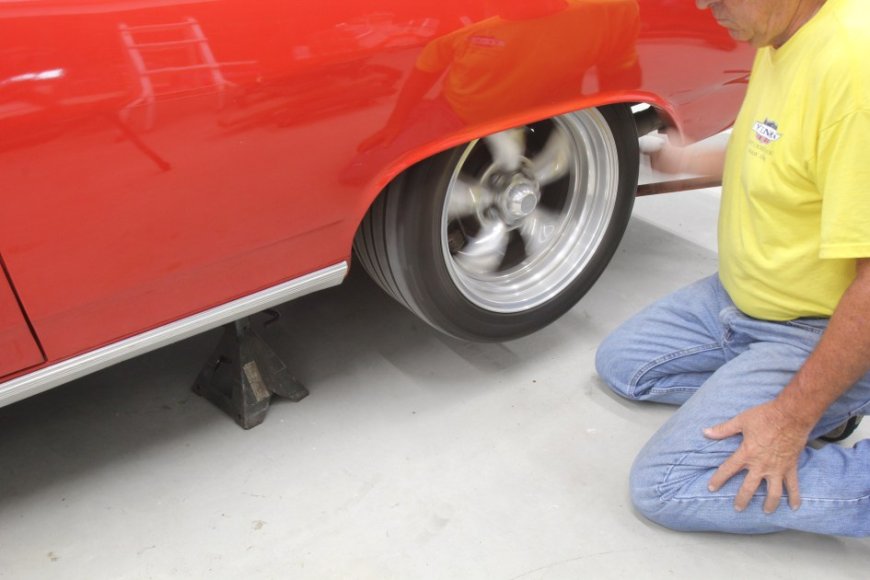Tech 101: A Quick Check To Ensure Full Clutch Release
Adjusting the clutch linkage is an important step especially when installing a new clutch. The classic approach has always been to set the mechanical linkage on older muscle car s so that there is a small amount of free play at the clutch pedal with the pedal fully released. This process doesn’t tell you if… The post Tech 101: A Quick Check To Ensure Full Clutch Release appeared first on The Online Automotive Marketplace.

Adjusting the clutch linkage is an important step especially when installing a new clutch. The classic approach has always been to set the mechanical linkage on older muscle car s so that there is a small amount of free play at the clutch pedal with the pedal fully released.
This process doesn’t tell you if the linkage travel is correct and whether the clutch is fully releasing. But there is a quick way to check this with the engine off. With the rear axle jacked up enough for the rear tires to clear the ground, have a friend sit in the cockpit, put the transmission in gear and press the clutch pedal to the floor. If the rear tires can spin freely, then the clutch is fully released.
If there is a drag on the tire and wheel or the tires turn very hard or not at all, then the clutch is not fully released from the flywheel and the clutch linkage needs to be re-adjusted.
With a new or used clutch install, it’s also possible that the clutch will not release if the bellhousing is radically out of alignment. Generally, the bellhousing will be more than 0.030-inch out of alignment, and this will cause the clutch to not release properly because the input shaft is binding as the clutch linkage is engaged.
The post Tech 101: A Quick Check To Ensure Full Clutch Release appeared first on The Online Automotive Marketplace.











































